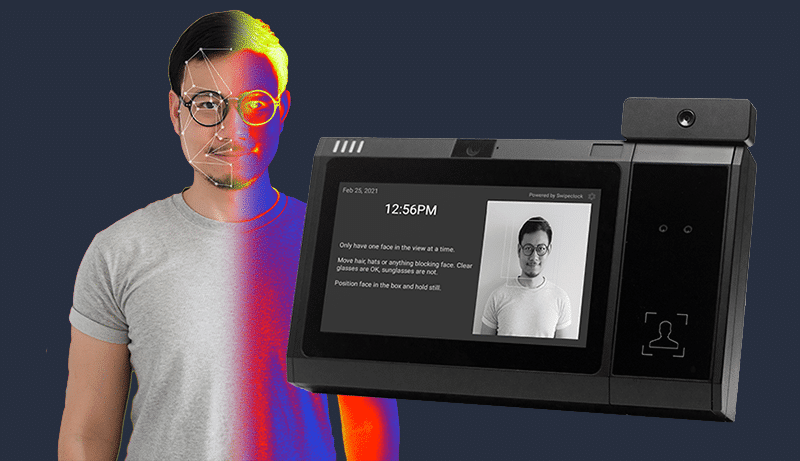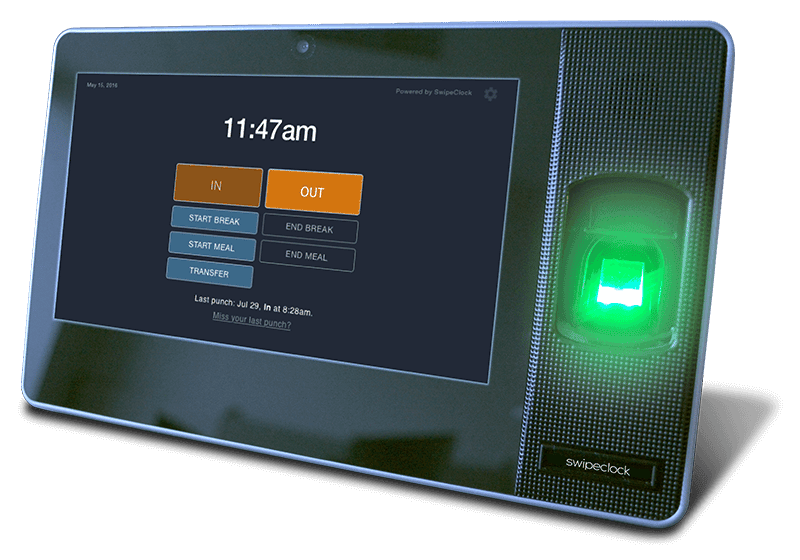Incorporating Modern Timekeeping Solutions for Today’s Workforce

Although time clocks are certainly still part of workplaces across various industries, the workforce has changed in the recent past. Fueled by the pandemic, today’s workers have different needs and expectations for tracking their time. McKinsey’s American Opportunity Survey indicated that more than half of American employees work from home at least once a week. But for employers new to the concept of remote work, this change brought worry. How would supervisors know when employees were working? And would productivity decline?
Working from Home
It turns out that those who work from home are 13 percent more productive than those in the office, according to a study reported by Stanford Business. The productivity increase is linked to fewer sick days, improved work satisfaction, and a quieter working atmosphere. When the company that conducted the study offered the option to work from home to its entire workforce, the productivity gains nearly doubled, reaching 22 percent.
Of course, employees can still get distracted or procrastinate, but that’s true regardless of their location. What’s important is meeting your workforce where they are and implementing the right tools for collaboration, tracking, and communication. With access to videoconferencing tools that are user-friendly and highly accommodating, even remote employees can feel like part of the team.
Tracking Time
Working from home doesn’t have to be a free pass to skip out on tracking hours worked. But companies can’t rely on a single time clock, mounted somewhere in the workplace, to track employee time. Instead, leaders must consider different options that accommodate the needs of the workforce.
Technological advancements have fueled changes in the time-tracking industry. Some employees use their mobile phones to clock in and out, while others simply punch in on their laptops. A web-based time clock provides access from anywhere, yet geofencing capabilities can prevent workers from entering punches outside of approved locations. Other tools can also observe and track what workers are doing during their scheduled shifts.
Consider Alternate Timekeeping Options for Your Workforce
If you have remote workers or employees with hybrid work schedules, a modern approach to tracking time is a must. Explore these alternative methods that ensure accurate time and labor data.
Mobile time clock
When employees don’t visit a single location at the start of their shifts, offering a mobile tracking option can simplify time and labor data. If you’re concerned about your employees abusing the system by clocking in from different locations, consider a platform with geofencing capabilities. A geofence is a virtual barrier that either prevents an employee from punching when outside of it or sends a notification to the manager when a punch occurs in a different location.
If you do offer mobile time tracking, make sure to review the regulations in your state. Some states have laws that require employers to pay for at least a portion of an employee’s cell phone bill if using it for work purposes is a requirement.
Web-based tracking
Since most employees use laptops or desktops to work, clocking in upon logging in is an easy option. But a web-based time clock should do more than just track hours. Your organization needs insights into time data and project and department assignments. The data should flow between other systems, including your payroll system, to avoid errors and ensure accurate pay.
Why Time Tracking Matters (Even for Remote Employees)
Some companies forego time tracking for various reasons. It might seem too challenging to keep track of remote employees’ hours. Perhaps supervisors want employees to feel trusted and valued. But failing to track hours worked can open the door to many problems.
Legal risks
From a legal perspective, a lack of time data can lead to inaccurate payroll. Benefits eligibility may also be tied to the number of hours worked. But without solid proof of how much an employee works regularly, the company may not be able to offer benefits. If a business faces an audit, time data is often part of that process.
Insights into the workforce
Time data provides crucial insights into the workforce, including productivity. Project- or task-based tracking can show how much work an employee completes but doesn’t indicate how much time each takes. Assessing the time spent on various tasks aids in calculating productivity, budget forecasting, and workforce planning.
Improved accountability
Holding employees accountable for their hours worked can benefit your business. Each team member will report on what they completed in the number of hours worked during a pay period. Accountability tends to boost morale across the organization and foster a collaborative and supportive atmosphere.
When you need an effective time-tracking solution that fits your budget and business needs, WorkforceHub has you covered. This affordable platform captures precise data from anywhere, with built-in tools like geofencing and web-based clocks. Try it free and take your company’s tracking efforts into the future.
Simplify HR management today.
Simplify HR management today.
The Importance of Facial Recognition Time Clocks for Small Businesses
Updated April 17, 2024 A facial recognition time clock is no longer a luxury. Advanced biometric clocks are a must-have for today’s workplaces. A facial recognition time clock is the best technology for tracking employee time. It solves a multitude of problems employers are facing with their workforces. What is a Facial Recognition Time Clock?…
Read MoreEmployee Time Clock Hardware: Which is the Best?
Updated April 9, 2024 What is employee time clock hardware? An employee time clock is a hardware device for tracking work time. To use it, employees ‘punch’ in/out or ‘clock’ in/out. The term ‘punch in’ stems from early employee time clock hardware that required a physical card. With a traditional mechanical time clock, the process…
Read More





